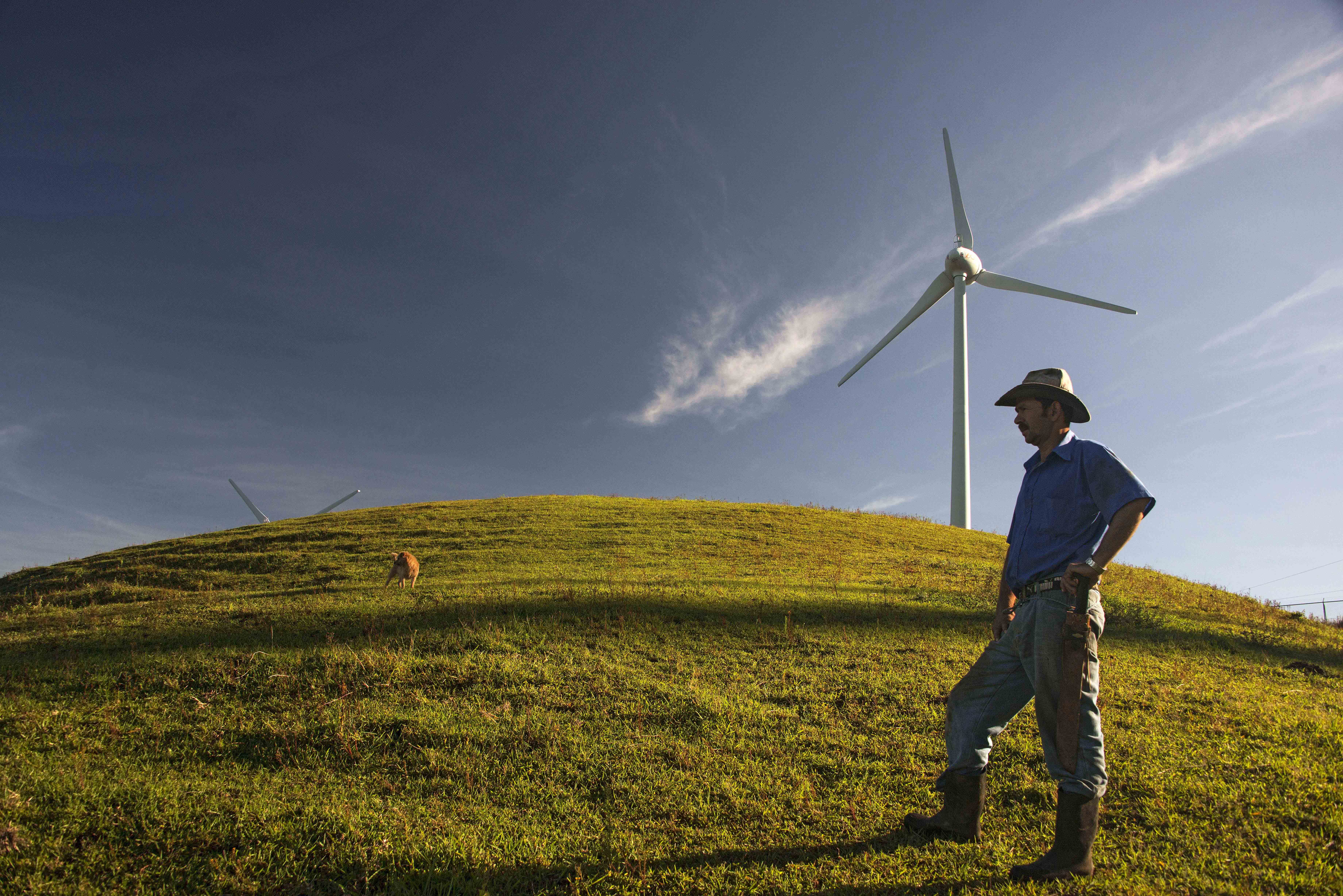Costa Rica has generated 98.53 percent of its electricity from renewable sources over the past four years, using its rivers, volcanoes, wind and solar power.
“Basing [electricity] generation on renewable resources allows the country to achieve one of the lowest ratios of greenhouse gas emissions to electrical consumption on the planet,” the Costa Rican Electricity Institute (ICE) indicated in a statement.
Just 1.47 percent of Costa Rica’s electricity from June 1, 2014 to June 30, 2018 used fossil fuels. The country spent 1,197 days using renewable energy exclusively, and added 14 plants to its network: seven wind turbine plants, six hydroelectric plants and a solar plant, according to ICE.
The hydroelectric plant on the Reventazón River, on the Caribbean slope, began operations in 2016 and boosted the country’s clean energy capacity. It’s the largest plant of its kind in Central America.
During the first trimester of 2019, the ICE will add a geothermal plant called Las Pailas II, the most modern of its type in the region, in the skirts of the Rincón de la Vieja Volcano.
The statement from ICE indicated that 74.77 percent of renewable energy came from hydroelectric plants using river water, 11.92 percent was geothermal, 11.08 percent came from wind power, 0.73 percent from biomass and 0.03 percent from solar power.








